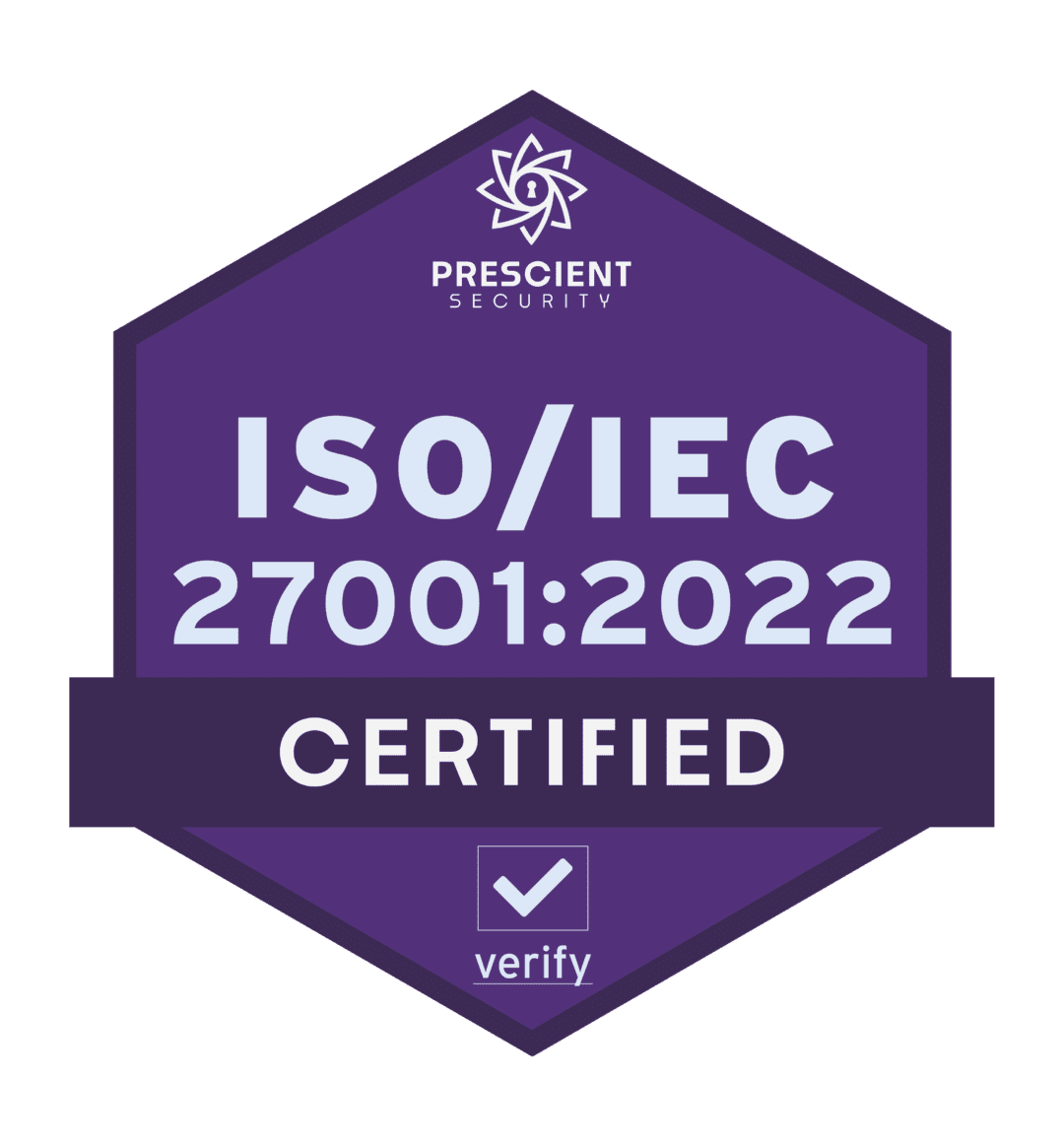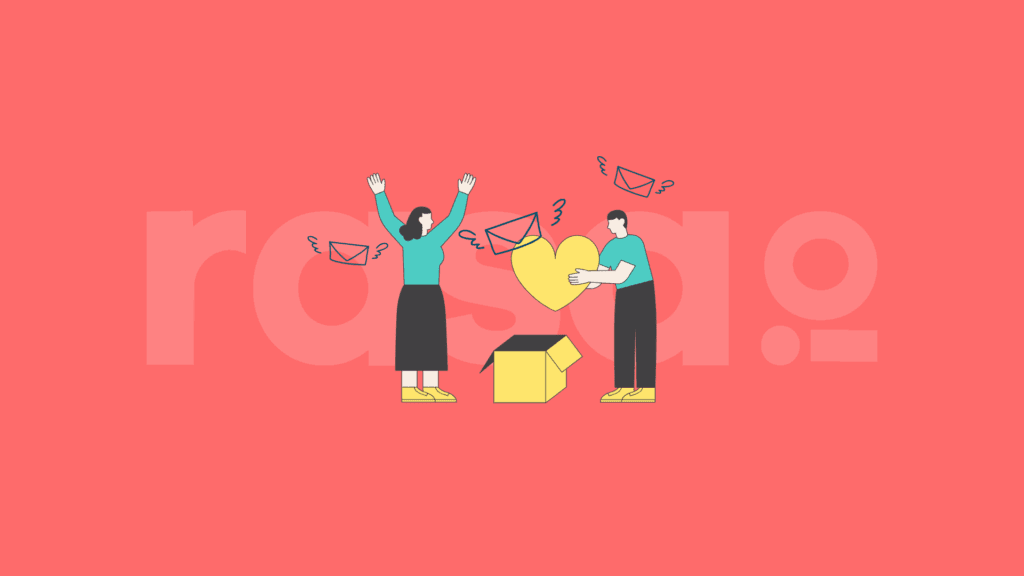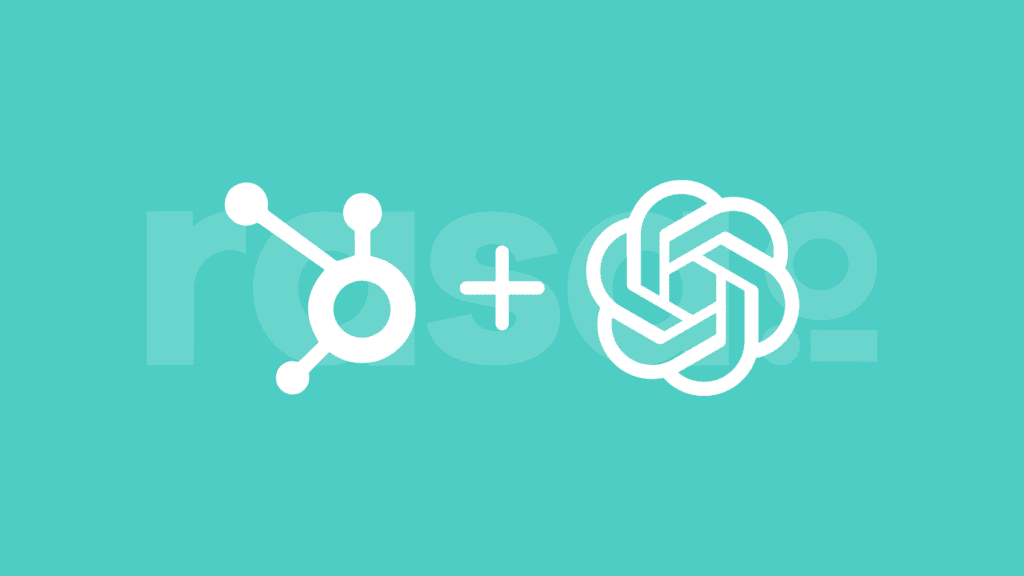Nowadays people are dealing with more and more emails than ever before. So how do you write marketing emails that cut through the clutter? A/B testing is a brilliant strategy for finding out what kind of content your mailing list wants to engage with.
Get ready to take notes – we’re about to go through A/B testing 101 and the huge benefits it can have for your email marketing campaigns. This works for companies that are B2B focused and those with B2C models.
We’ll also explain how to segment a mailing list for A/B testing, the importance of email engagement, and what goes into crafting a great marketing email.
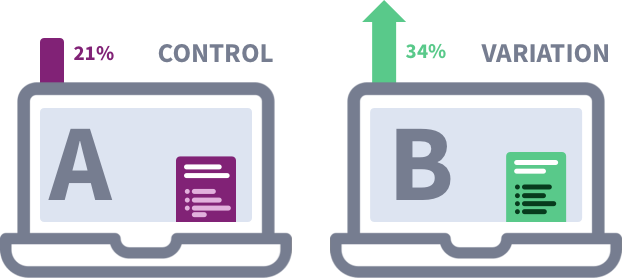
What is A/B testing?
A/B testing is when you send out two slightly different versions of the same message to a sample of your audience, then analyze which one performs better. The more successful version is then sent out to the rest of the audience as standard.
The control version of the content is A, while the variation is B. That’s why it’s called A/B testing!
There are so many elements that go into a marketing email, and they all play a role in prompting email engagement.
In the image below you can see the most commonly tested features using an A/B strategy:
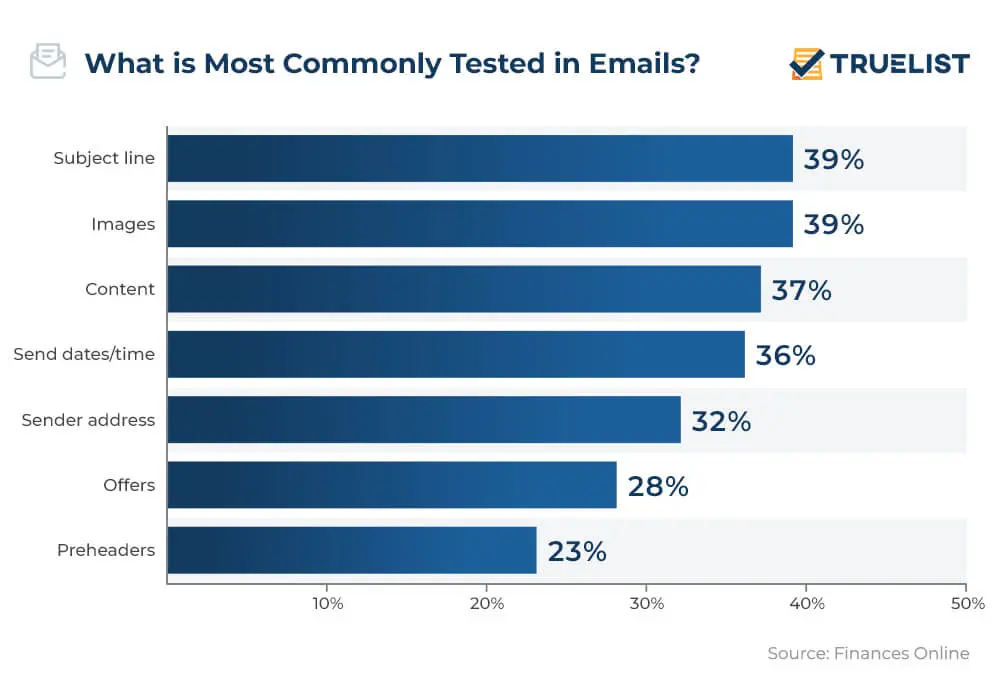
We’ll go into more detail about why some of these elements are so important later on!
Key Performance Indicators
Before you send out content for A/B testing, you need a clear goal for what you want to achieve. So what results do you look for when you’re carrying out an email campaign?
These key performance indicators (KPIs) show the different points along an email reader’s journey and, crucially, how far they get through that journey. Optimize each one and you end up with stepping stones that lead directly to conversion and sales.
1. Bounce rate
When you send out a marketing email, you want to be certain it will actually reach the addressee. The industry standard bounce rate is 2% – so for every 100 emails that a business sends out, 2 of those will be undelivered. It sounds like a negligible amount at that scale, but if you have a mailing list of thousands that 2% really adds up.
Bounce rate is the measure of how many of your emails end up like this, on average. Reduce bounce rate by maintaining good mailing list hygiene: remove any inactive email addresses and only send to email addresses given by the addressee to your business.
There are many open mailing lists out there that can hypothetically increase your business’s reach – however, it is far better in the long-time to build up your mailing list organically.
2. Open rate
Many people dismiss business emails before even opening them. Increasing that open rate is step 1 to getting your emails read and engaged with.
The important features for boosting open rates are subject lines and sender email addresses – these form the all-important first impression in a consumer’s inbox.
3. Click-through rate
Click-through rate (CTR) is the number of clicks on the links in an email divided by the total number of emails delivered. Successful B2B email campaigns can hit a CTR of 5-6% on average. Of course, clicks don’t equate to sales, but it does increase the opportunities for conversion.
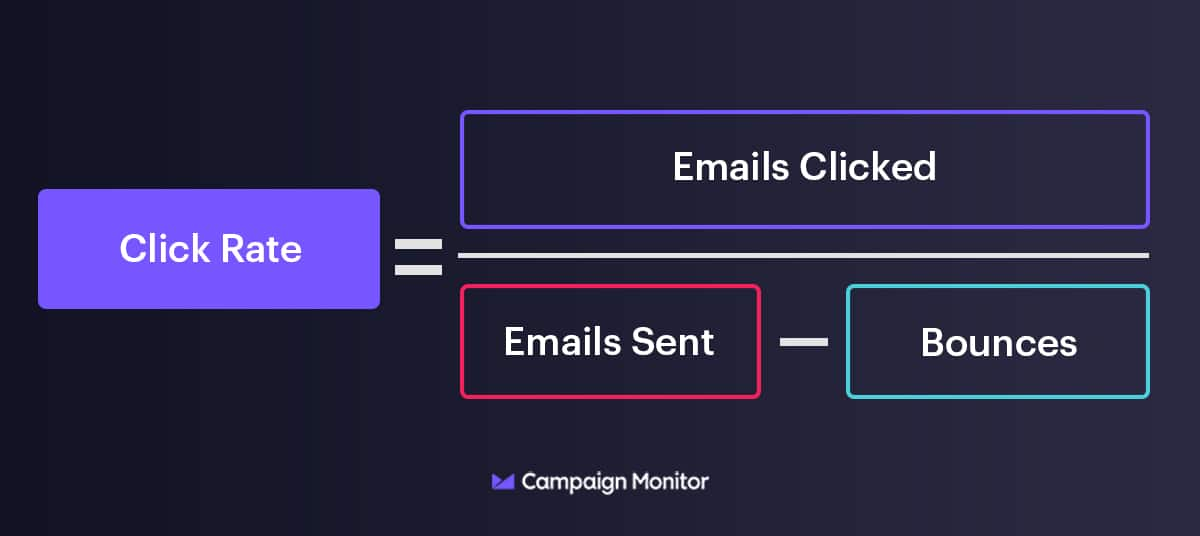
4. Conversion
Conversion A.K.A how many readers actually did what you wanted them to do! This might be signing up for a pre-order or downloading an ebook. It could even be encouraging the addressee to claim a reward like a unique discount code.
Conversion is the overall goal of the marketing email, sure, but all the previous factors are essential too. Keeping track of all these KPIs paints a comprehensive picture of exactly where customers are being lost in your current email campaign model, and therefore where you need to improve in the future.
A/B testing is extremely effective for finding out which copy and design choices are best for boosting open rate, CTR, and conversion.
In an A/B test, you might study the relationship between conversion rate and calls to action (CTAs). The conversion goal should be echoed in the email’s main CTA. For example, if you want subscribers to purchase a book about agile manifesto principles, then the CTA should read something like ‘Download the ebook here!’
Benefits of A/B testing email marketing campaigns
Overall email marketing generates one of the highest ROI values compared to social media, SEO, and other channels (see below). With this much potential at stake, you want to be sure you’re sending out effective marketing content.
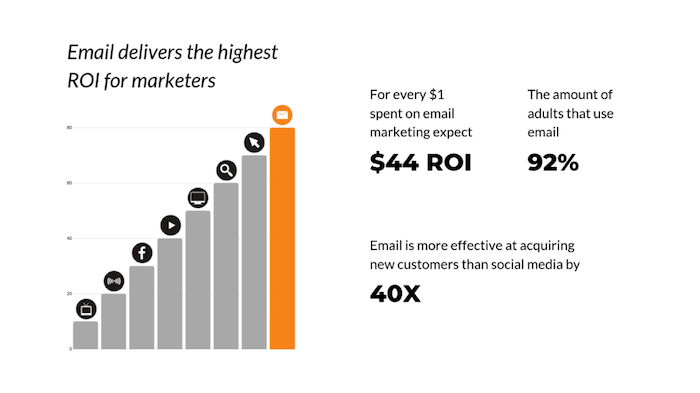
Email campaigns that have succeeded in A/B tests perform better in those KPIs that we went through earlier. It’s the only surefire way to know which email content receives the best engagement – simply compare the numbers!
There is a human element behind all those numbers, of course. Building an engaged customer base also depends on trust, loyalty, and brand awareness. These more psychological factors can be analyzed with digital applause software – applause is a measure of brand reputation and overall customer happiness.
Segmenting a mailing list
An A/B test campaign only goes out to a sample of your mailing list. There are a few different ways of identifying the focus group for the test:
- By demographic – If you’re aiming to reach more 35 to 40-year-old women with this new campaign, then it is essential to include people from that group in the test
- From an affiliate marketing email list – only send the email to people that subscribed through a specific affiliate’s campaign
- At random!
Regardless of which approach you go for, the sample mailing list needs to be large enough to represent your overall subscribers (or your ‘population, as it’s called in statistics). At an absolute minimum, your sample should be at least 1000 recipients. Any fewer and it is unlikely to be statistically significant.
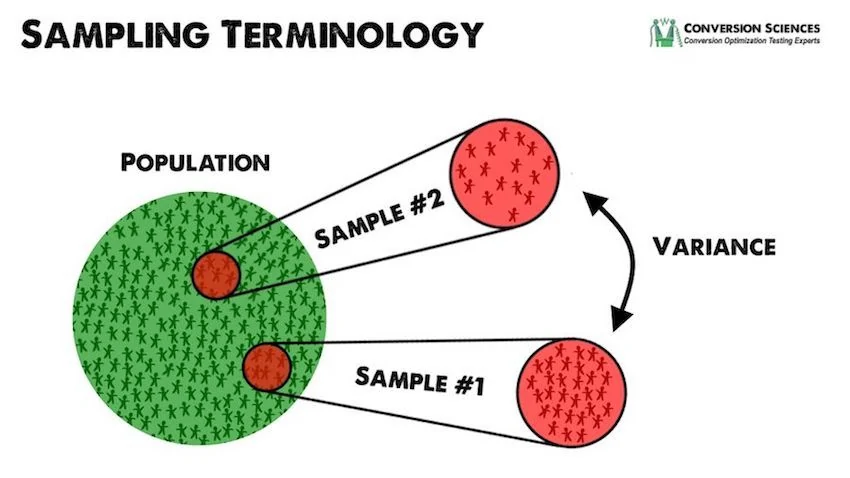
Anatomy of a marketing email
Understanding the elements that build a marketing email is how you choose what to vary in an A/B test campaign. Does it need a different subject line? More images? More persuasive copy in the email body? It all depends on the effect you’re aiming to achieve.
Have a look at this real-life example of a marketing email and spot the features that we’ve identified:
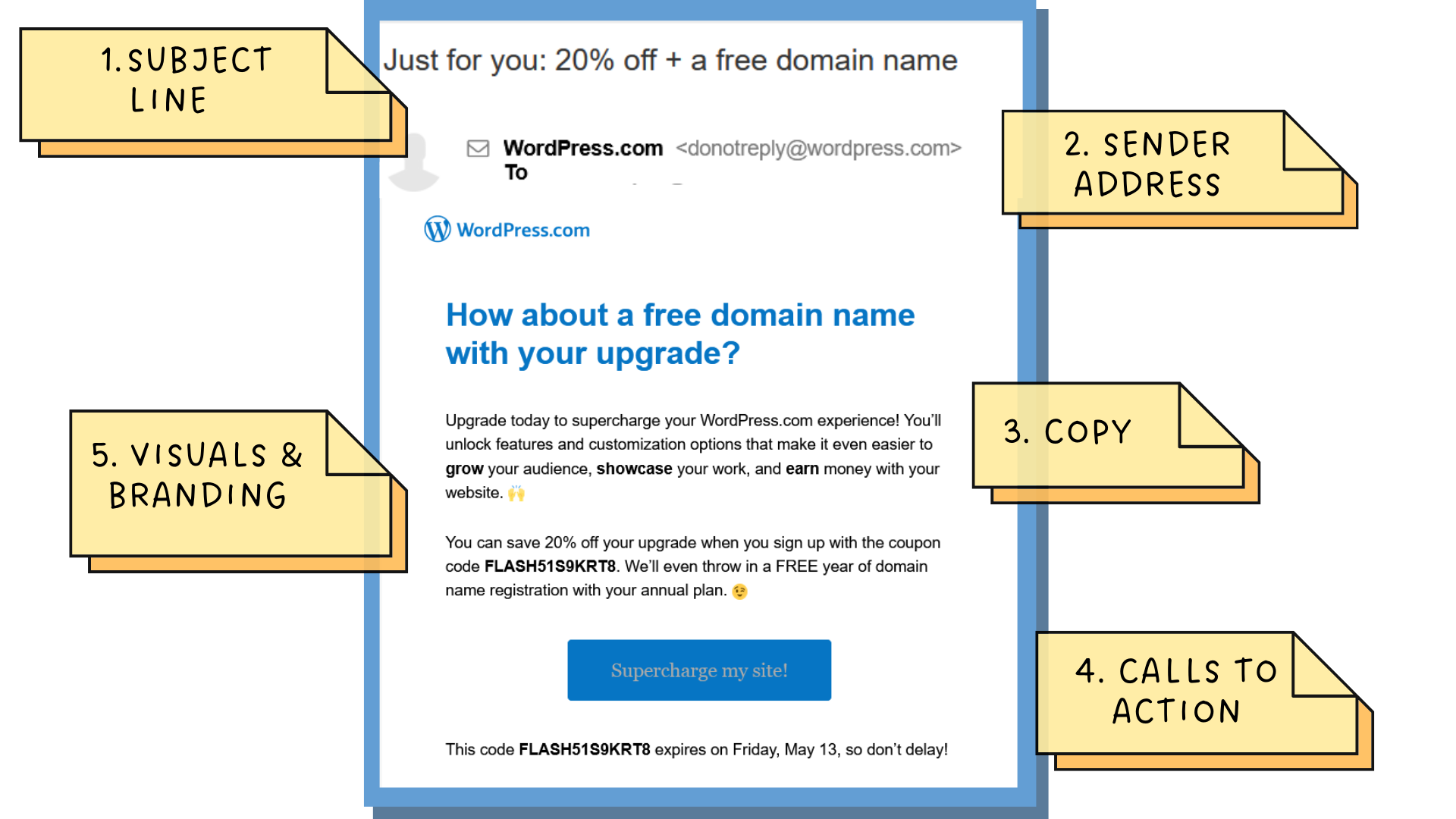
Image created by author
There is an art and science behind crafting each part of emails like this. They all work together to make one cohesive piece of great marketing content that encourages clicks and conversion.
A strong email marketing team knows how to integrate all these parts into a marketing concept. Having one streamlined system, similar to a team communication system or using ERP integration Shopify, makes the whole marketing process more efficient.
The following sections will give you an understanding of some of the most common features that you could vary for an A/B test. We’ll explain the key effects that each feature has on reader engagement and brand reputation so that you know which feature to A/B test to hit your specific marketing goals.
1. Subject line
First up: the subject line. Just from reading it, most email receivers decide whether they think the email is worth opening (see below).

The subject line needs to be punchy and grab the subscriber’s attention. For example, subject lines that address the reader by their first name have an 18.3% higher open rate. Try to avoid spammy phrases or excessive punctuation – a subject line that says “ACT NOW FOR FREE REWARD!!!’ will attract attention, but not the right kind.
Include the main CTA of the email. If the focus is on a pre-order or discount then it should be clear from just the subject line.
2. Sender address
Just as important as what the email’s about is who it’s from. This shows up as the sender’s name in their inbox, then a full email address when they open the email.
A person’s name instead of just the company name adds a personal touch that email subscribers can connect to. Definitely avoid email addresses like no-reply@brand.com – emails are for two-way communication and a no-reply address doesn’t allow for that! No-reply addresses are also more likely to end up in spam folders.
A named address presents your brand as more trustworthy and goes a long way towards building a strong relationship with your email subscribers.
An email from james@brand.com or monica@brand.com, for example, puts a real identity behind an otherwise faceless marketing email.
3. Copy
Now we get down to the actual body of the email. A full newsletter-style email will have more copy text than an image-focused email made to promote a featured product.
Consider the tone of any copy you include: write it to be persuasive, urgent, friendly, or emotive to achieve the desired effect. Length of text is also important to consider. Any marketing email that warrants a TL;DR summary needs cutting down! People will likely be skim reading so choose strong, take-action verbs and stand-out adjectives to hold their attention.
What style of copy works best will depend highly on your mailing list demographics. Once again, this is where A/B testing really comes in handy!
Emojis are one feature of copywriting that can make or break a campaign. They’re great for adding some color to subject lines or body text, but there’s also a lot of room for misinterpretation.
In the WordPress email above they use sparkle and wink emojis at the end of two sentences. This is effective because it’s enough to make the copy feel friendly and lighthearted, but not so much as to be confusing or distracting.
4. Calls To Action
We’ve briefly touched on CTAs back in the section about conversion rate. The job of a CTA is to get people to click, share and subscribe. No matter what your business or organization’s focus is, it could be anything from beauty products to educational webinars to AI software, you need a strong CTA.
5. Visuals & Branding
Emails might not be as visually exciting as video or social media content, but aesthetics still matter. The recommendation from many email marketing specialists is that an 80:20 ratio of text to images is the ideal sweet spot to optimize engagement.
In the WordPress example, the CTA button and heading are the same light blue as the company logo – this creates a cohesive look that is very visually appealing. Image assets are a good opportunity to really get creative with your branding. For example, if you’re running a campaign to promote spectre testing, you could go all-in on a dark, spyware-inspired aesthetic.
Interactive content
A relatively new and very exciting innovation in email marketing is interactive content. It’s definitely worth trialing it in your next A/B campaign! Interactive content promotes user engagement beyond just clicks.
In-email polls and surveys can offer valuable insight into what subscribers enjoy about your email newsletter, and what they think you should try next. It also adds a layer of personalization and the opportunity for a reader to actually get involved with the newsletter or marketing campaign.
Interactive content will likely be a bit different from email marketing strategies that you’ve tried before. Don’t be afraid to reach out to experts in the field – freelancers, consultancy agencies and tech MSPs are already out there to help get you started.
Teamwork makes the dream work
If you’re a small business running your first A/B tested email campaign, then it might be more feasible to bring in extra help on a freelance basis as mentioned above. But if you plan to grow the campaign then it will be worth putting together a strong marketing team.
A winning team that works together to optimize each part of the process is how you achieve successful email marketing.
The takeaway
A/B testing is a fantastic strategy for building email campaigns that readers actually engage with. In this guide, we’ve shown just how many parts go into building a marketing email and how they’re all important in their own ways.
A/B testing is how you know exactly which variations on these parts are appealing to your email subscribers. Test campaigns often so you stay updated on what your reader base wants.
After spending lots of time talking about Calls To Action, here’s ours: If you found this article helpful, give it a share!

Bio: Emily Rollwitz – Content Marketing Executive, Global App Testing
Emily Rollwitz is a Content Marketing Executive at Global App Testing, a remote and on-demand app testing company helping top app teams and proptech companies deliver high-quality software, anywhere in the world. She has 5 years of experience as a marketer, spearheading lead generation campaigns and events that propel top-notch brand performance. Handling marketing of various brands, Emily has also developed a great pulse in creating fresh and engaging content. She’s written for great websites like Unstack and Zentao. You can find her on LinkedIn.




